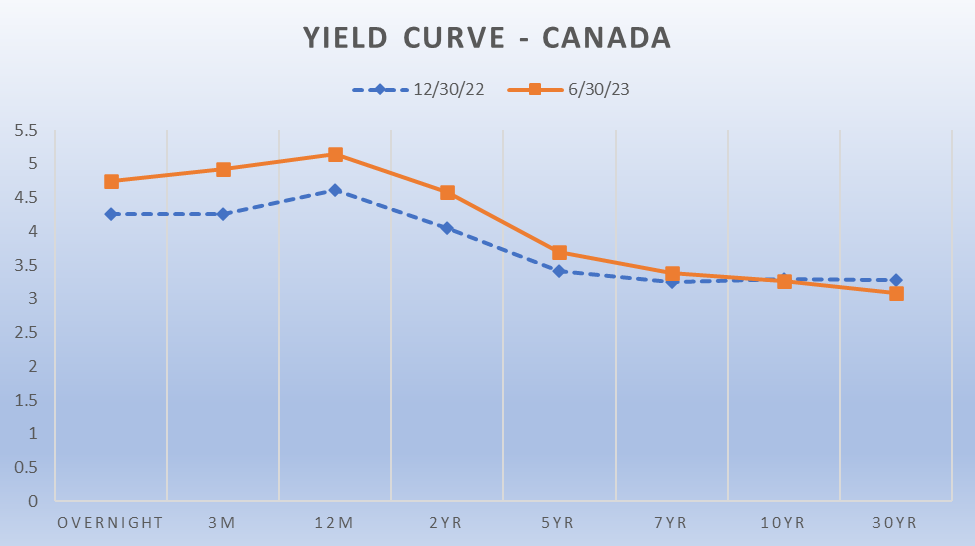
My latest MoneySense Retired Money column looks at what ETFs might be appropriate for retirees and near-retirees. You can find the full column by clicking on the headlined text here: The Best ETFs for Retirement Income.
I researched this topic as part of a MoneyShow presentation on the ETF All-Stars, scheduled early in September, to be conducted by myself and MoneySense editor Lisa Hannam. Regular MoneySense and some Hub readers may recall that I was the lead writer for the annual ETF All-Stars package but after almost a decade decided to pass the reigns to new writers: this year’s edition was spearheaded by Michael McCullough.
While the ETF All-stars (which are selected now by a panel of seven Canadian ETF experts) are appropriate for all ages and stages of the financial life cycle, a solid subset of the picks can safely be considered by retirees. A prime example are the Asset Allocation ETFs, many of which have been All-Star picks since Vanguard Canada launched them several years back, and since matched by BMO, iShares, Horizons and others.
Generally speaking, young people can use the 100% growth AA ETFs like VEQT etc., or (which I’d be more comfortable with), the 80% growth/20% fixed income vehicles like VGRO. Near-retirees might go with the traditional 60/40 stocks/bonds mix of classic balanced funds and indeed pension funds: VBAL, XBAL, ZBAL, to name three.
Those fully in Retirement who want less risk but a bit of growth could flip to the 40/60 stocks/bonds mix of VCNS, XCON (check) and ZCON (check.).
In theory all you need is a single asset allocation ETFs, no matter where you are in the financial life cycle. After all, all these ETFs are single-ticket highly diversified global plays on the stock market and bond market, covering all or most geographies and asset classes. And their MERs are more than reasonable: 0.2% or so.
A single Asset Allocation ETF can suffice, but consider adding some tactical layers
In practice, most investors (whether retired or not) will want to do a bit more tinkering than this. For one, the asset allocation ETFs tend to have minimal exposure to alternative asset classes outside the stocks and bonds realm. They will include gold stocks and some real estate stocks or REITs, but little or no pure exposure to precious metals, commodities or indeed cryptocurrencies. (Maybe that’s a good thing!).
The MoneySense article bounces my ideas for adding tactical layers to an AA ETF. For example, you might use the 40/60 VCNS instead of 60/40 VBAL, for 80% of your investments, reserving the other 20% for more tactical mostly equity specialized ETFs. You’d aim for a net 50/50 asset mix after blending the AA ETF and these tactical ETFs. Continue Reading…






